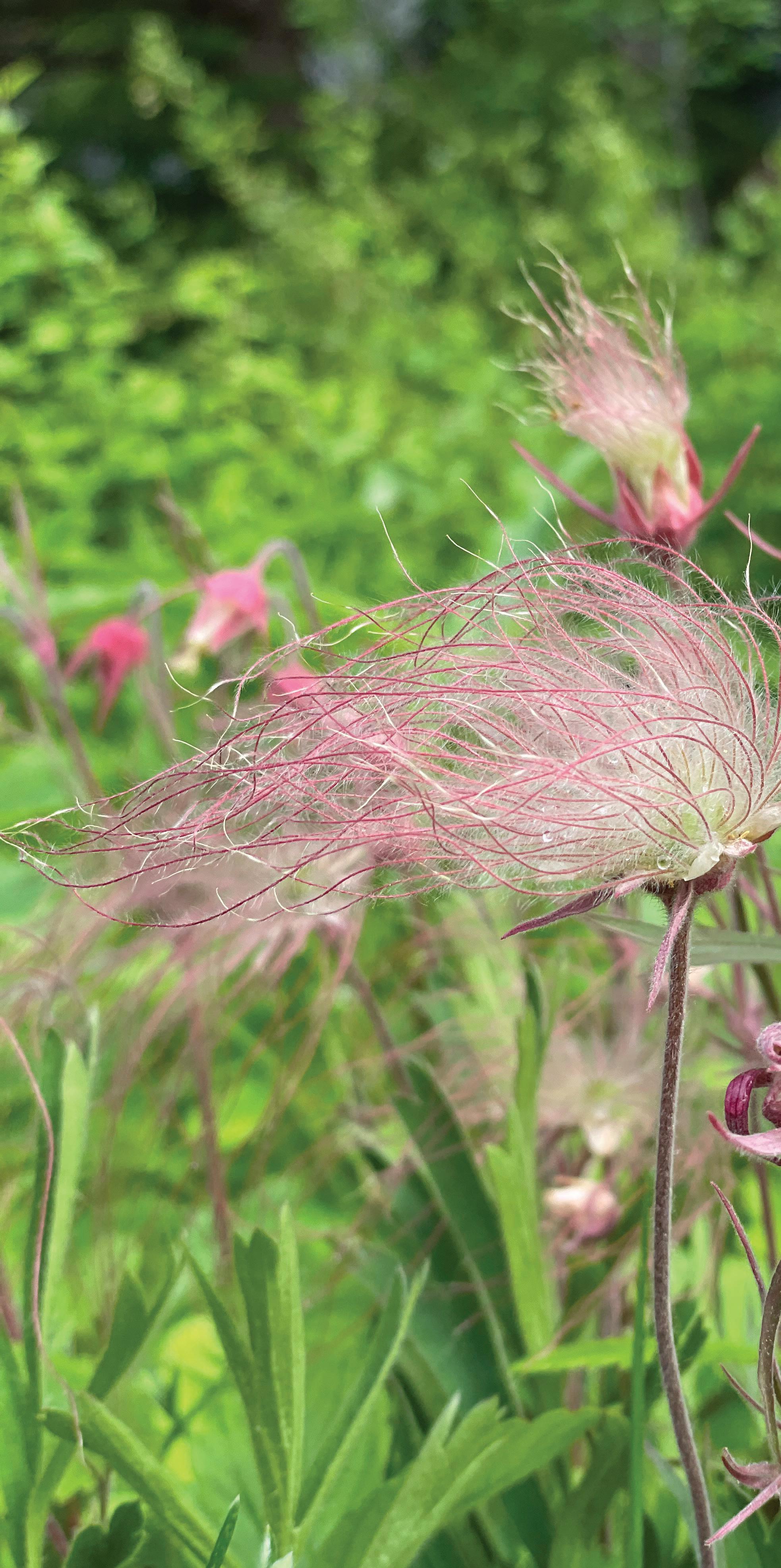
2 minute read
BIG IMPACT
from Woodbury - May 2023
by Local.
Pollinator gardens contribute to the conservation movement centered around the monarch butterfly.
Conserving The Future
Monarch Joint Venture (MJV), based in St. Paul, began in 2008 and became an official nonprofit in 2018. Its mission is to “conserve the monarch butterfly and its migration for future generations,” says education coordinator Katie-Lyn Bunney. She also notes that it uses monarch butterflies as a flagship for conservation because “they are such a charismatic organism,” she says. “And because they share a habitat with many other organisms, whatever we do to help monarch butterflies will help other organisms as well.”
MJV works on habitat education and science, alongside its 120 partner organizations. Educational programs include public programs, virtual webinars and working with educators to bring monarch butterflies into curriculum. MJV also promotes actions at the individual level, such as starting a pollinator garden, participating in community science programs, donating to a conservation program or advocating to community elected officials.
Why is this important? Pollinators account for up to three-quarters of all food produced. Nearly every plant needs to be pollinated, with the exception of grasses which are pollinated via the wind. Furthermore, pollinators contribute to our ecosystems, providing clean water, fresh air and shade, in addition to food. Worldwide, Bunney notes, insect populations are declining.
“This doesn’t mean we should throw in the towel and give up, thinking there is no hope. There is hope,” Bunney says. “There’s a lot of great work happening to improve the conditions and the habitats of pollinators—Monarch Joint Venture is doing a lot of that. All of our partner organizations are doing something to help pollinators ...”
Ultimately, everything impacts everything—this is what drives organizations like MJV. “When we say it’s about more than monarchs, we mean that what we do to help monarch butterflies helps other organisms. We plant milkweed and nectar plants that help other pollinators ... People may not think about this a lot because it’s not visible, but [smaller organisms] still play a key role in our systems,” Bunney says.

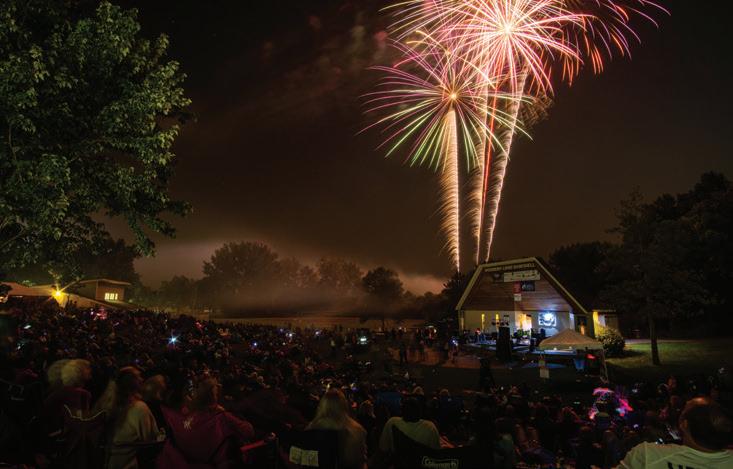
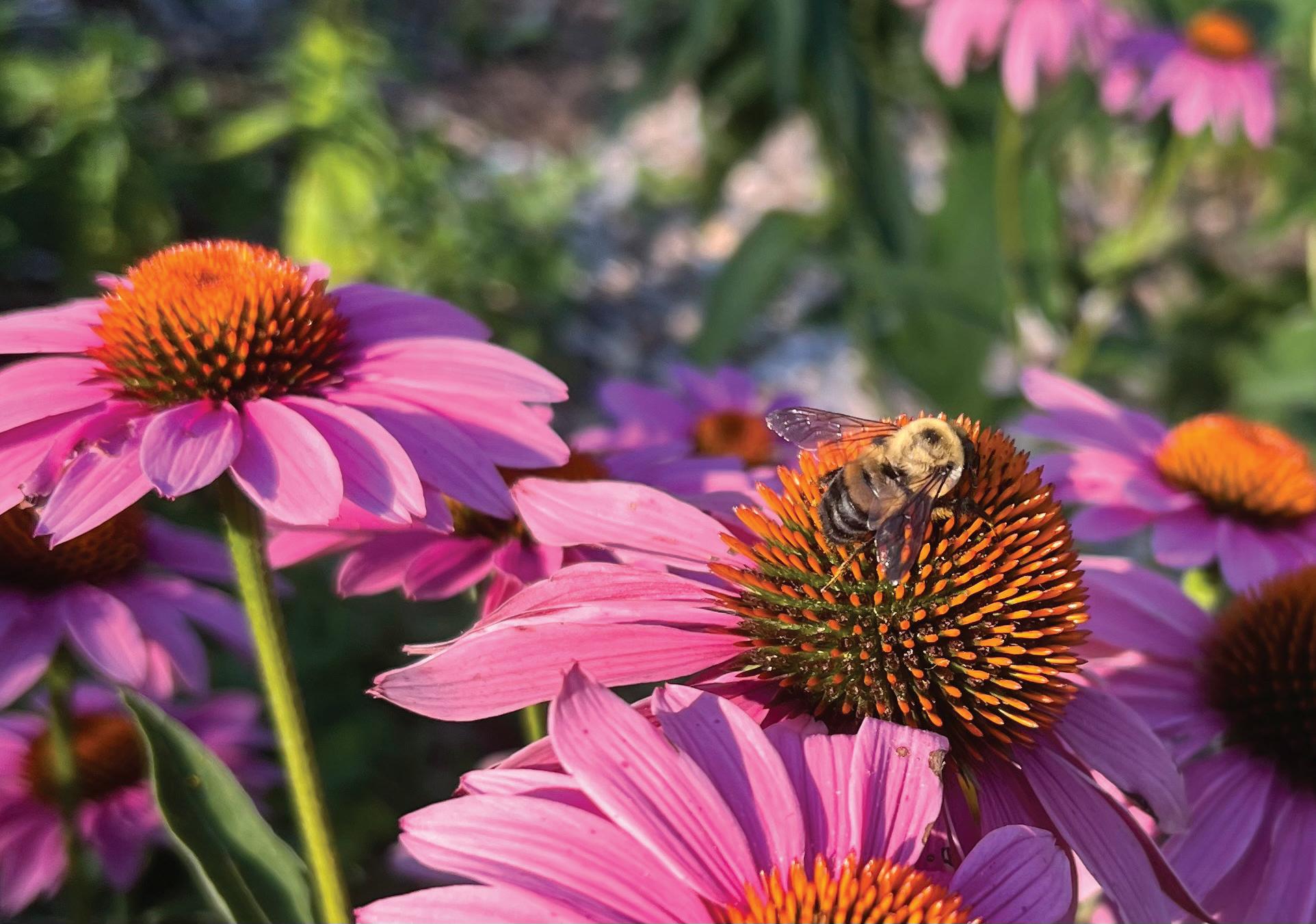
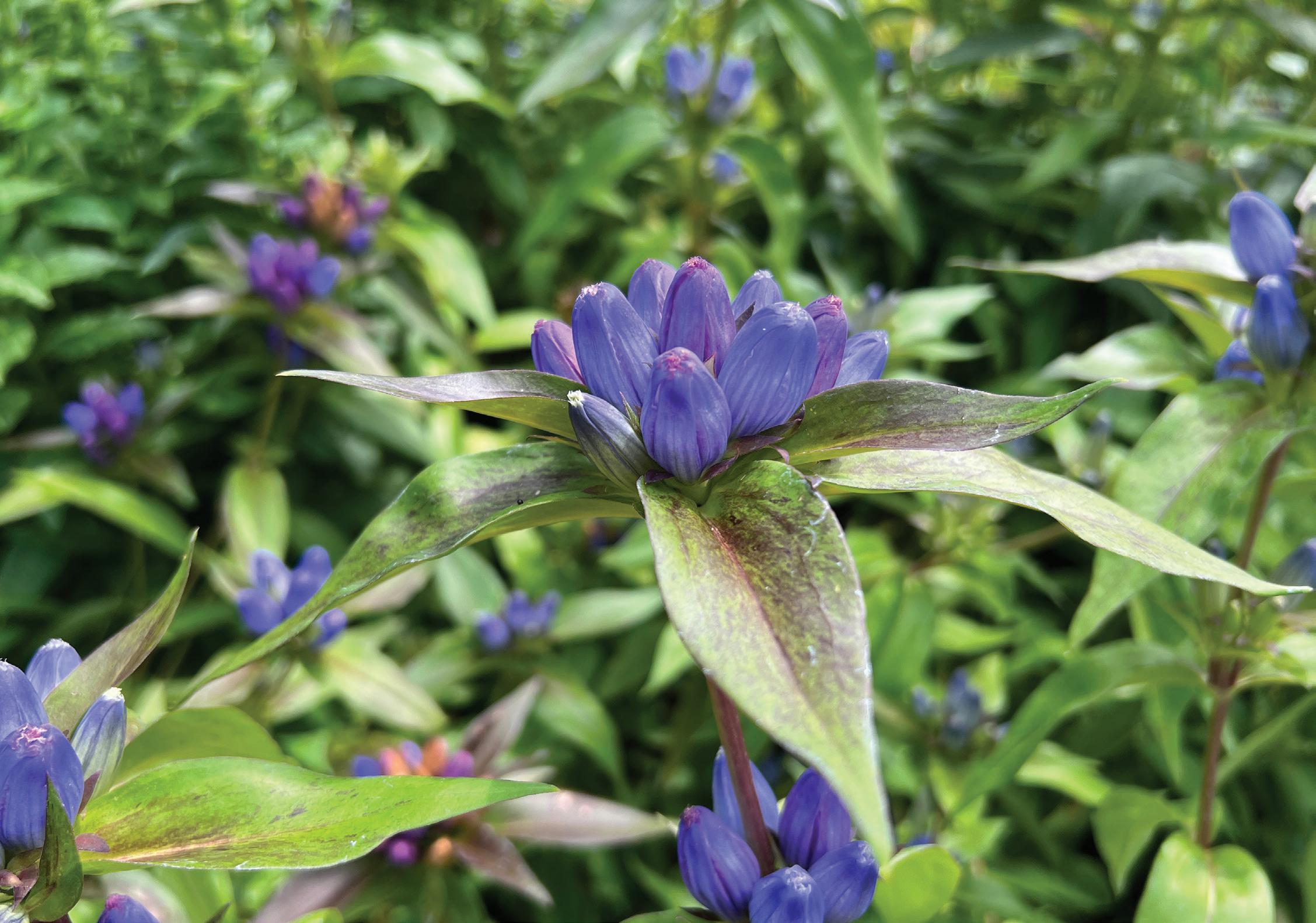
Common pollinators in Minnesota include monarch butterflies, bees and a variety of hummingbirds. To support these creatures in their work, Boyle recommends always choosing native plant varieties. “There are dozens and dozens of native pollinator plants that are appropriate for the Minnesota growing zone,” she says. For monarch butterflies, Boyle recommends milkweed. “Native milkweed is the only thing that monarchs will lay their eggs on. And it’s the only thing the larvae will eat,” she says. For adult monarch butterflies, the purple cone-shaped blazing star is also an excellent choice.

Bumblebees enjoy bee balm, a vibrant flower also known as monarda, as well as the native coneflower, also known as echinacea, and anise hyssop—Boyle notes that the latter smells like black licorice. For the birds, Boyle suggests cardinal flowers for hummingbirds, and parsley, dill or phlox for swallowtails. If you’re looking to start your pollinator garden, Boyle recommends the local native plant nurseries, which are stocked with plants, trees and shrubs.
In addition to rehauling the landscape around her home, Boyle has also completed the University of Minnesota’s Master Naturalist Program and is the board chair at MJV. Boyle is also involved with smaller community groups to continue to learn more about this process of “rewilding,” or bringing the land back to what it once was, and forgoing modern water and chemical treatments.
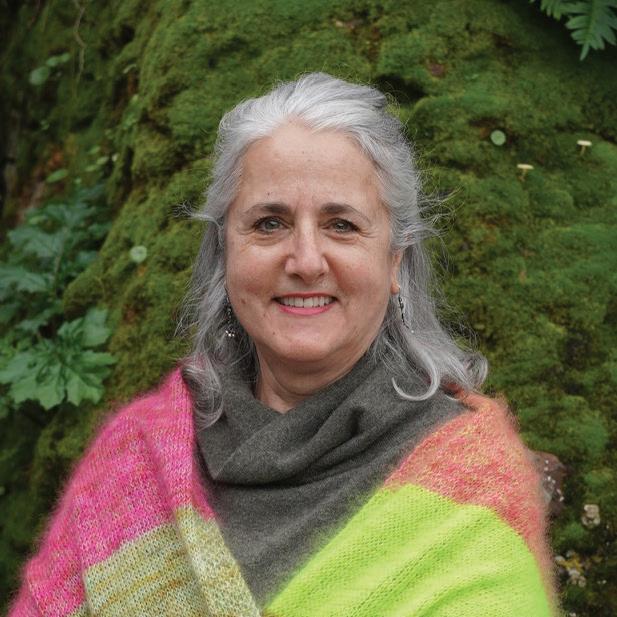
Monarch Joint Venture; monarchjointventure.org
Monarch Joint Venture
@monarchjointventure
@MonarchsJV
Saint Paul Garden Club; saintpaulgardenclub.org
Never miss an issue of Woodbury Magazine with free, anytime access to our digital editions. Full screen viewing on your digital device allows easy cover-to-cover reading. Share your favorite Woodbury Magazine articles with friends and family.









